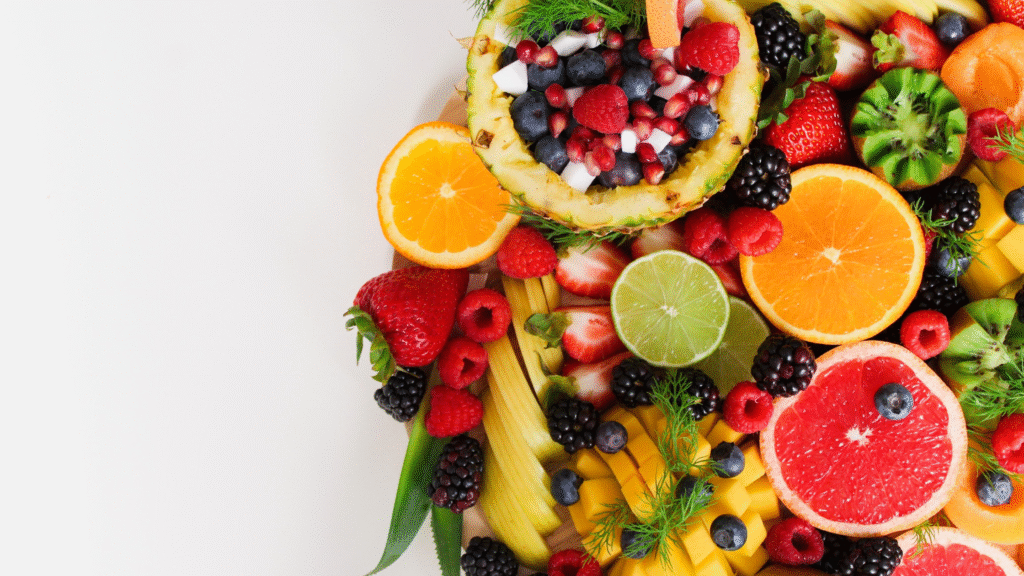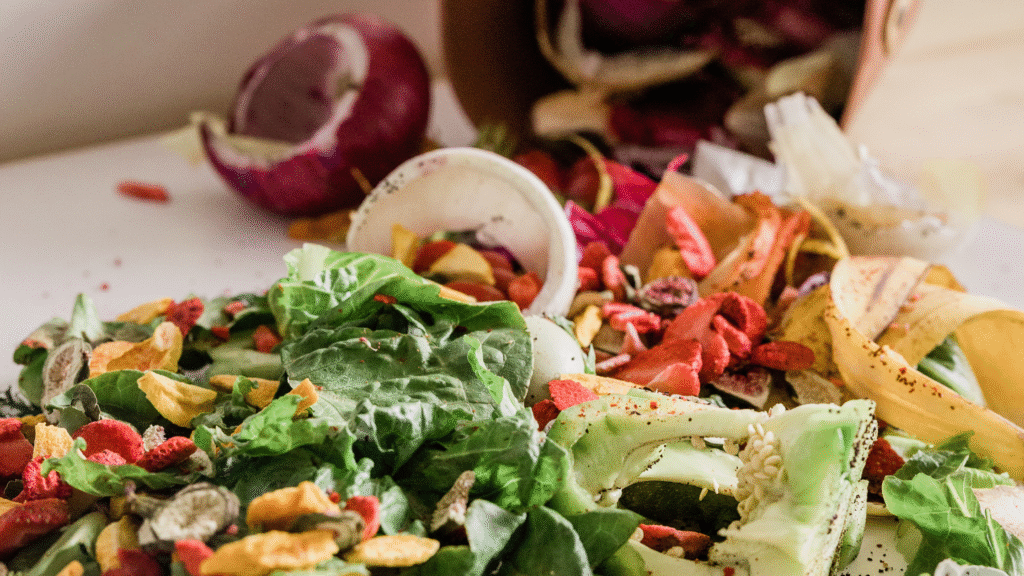Best Fruit Peels for Fertilizer
Using fruit peels as a natural fertilizer is an effective and eco-friendly way to enrich soil and promote healthy plant growth. Instead of discarding kitchen scraps, repurposing fruit peels contributes to sustainable gardening and helps reduce waste.
In this guide, we’ll explore the application of different fruit peels formulations as a natural fertilizer for plant growth, highlight the most nutrient-rich peels, and provide tips on how to use them effectively.
Top Fruit Peels That Boost Plant Growth
- Banana Peels: Rich in potassium and phosphorus, ideal for flowering plants and root development.
- Orange Peels: Contains calcium and Vitamin C; chop finely and compost in moderation due to acidity.
- Mango Peels: Packed with antioxidants and micronutrients, great for vegetable gardens.
- Apple Peels: A balanced source of nutrients and easy to decompose.
- Papaya Peels: Adds moisture and supports microbial life in the soil.
- Pineapple Peels: Contains enzymes and sugars that help speed up composting.
How to Prepare Fruit Peels as Fertilizer
- Wash and Chop: Rinse the peels and chop them into small pieces.
- Compost Them: Layer fruit peels with dry leaves or shredded paper to balance carbon and nitrogen.
- Dry and Grind: Sun-dry the peels and grind into powder for slow-release fertilizer.
- Make Liquid Fertilizer: Soak fruit peels in water for 4–7 days to create a nutritious vegetable peel liquid fertilizer for watering plants.
For a complete tutorial on using both fruit and veggie scraps, check out how to make fertilizer out of vegetable peels.
Can Rotten Fruits and Vegetables Be Used as Fertilizer?
Absolutely. Rotten fruits and vegetables as fertilizer are highly effective as long as they’re added to a compost system. Avoid direct application to the soil as this may attract pests. Let them decompose in a compost pile or bin with carbon-rich materials like dried leaves.
Benefits of Using Fruit Peels as Fertilizer
- Improves Soil Texture: Enhances moisture retention and aeration.
- Boosts Microbial Activity: Encourages beneficial microorganisms in the soil.
- Natural Pest Control: Some peels (like citrus) can deter ants and pests.
- Saves Money: Replaces commercial fertilizers with a free, organic option.
- Reduces Waste: A smart way to recycle food waste at home.
How to Use Fruit Peel Liquid Fertilizer
A simple vegetable peel liquid fertilizer can be made by soaking chopped peels in water. Use a ratio of 1 part peels to 3 parts water, and ferment in a covered container for a week. Strain the liquid and use it to water your plants once every 10–14 days.
Tips for Success
- Don’t overload your compost with citrus; balance is key.
- Avoid oily or salted fruit peels.
- Use small pieces to speed up decomposition.
- Keep your compost moist, but not soggy.
For better efficiency and ease, equip yourself with the best gardening tools to handle composting and soil mixing.
Conclusion
Fruit peels are more than just kitchen waste — they’re nutrient-rich boosters for your plants. With the application of different fruit peels formulations as a natural fertilizer for plant growth, you not only save money but also contribute to a more sustainable environment.
From banana to pineapple peels, your garden can benefit greatly from these natural resources. Try combining rotten fruits and vegetables as fertilizer in a balanced compost mix, and use your homemade vegetable peel liquid fertilizer to nourish your plants naturally.


